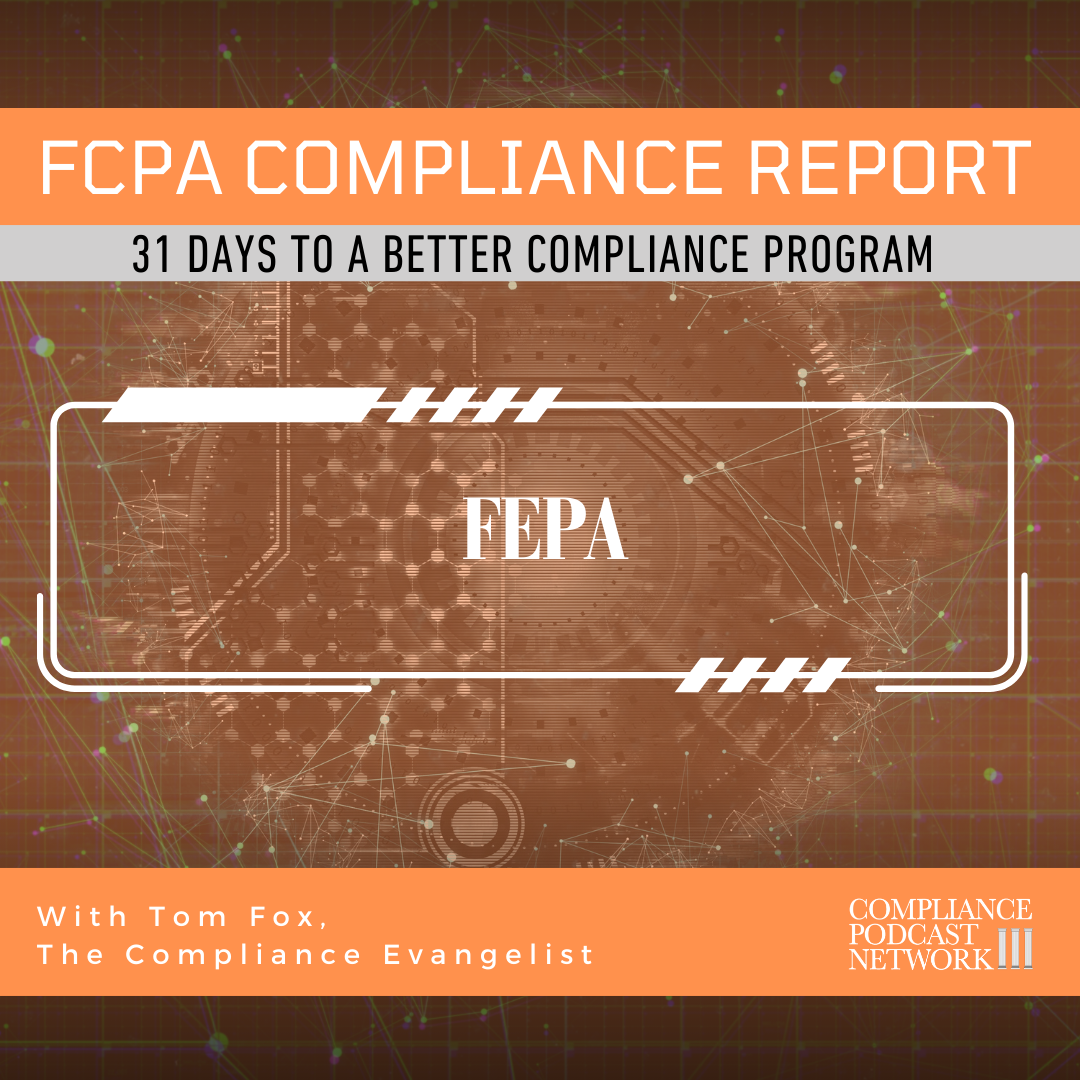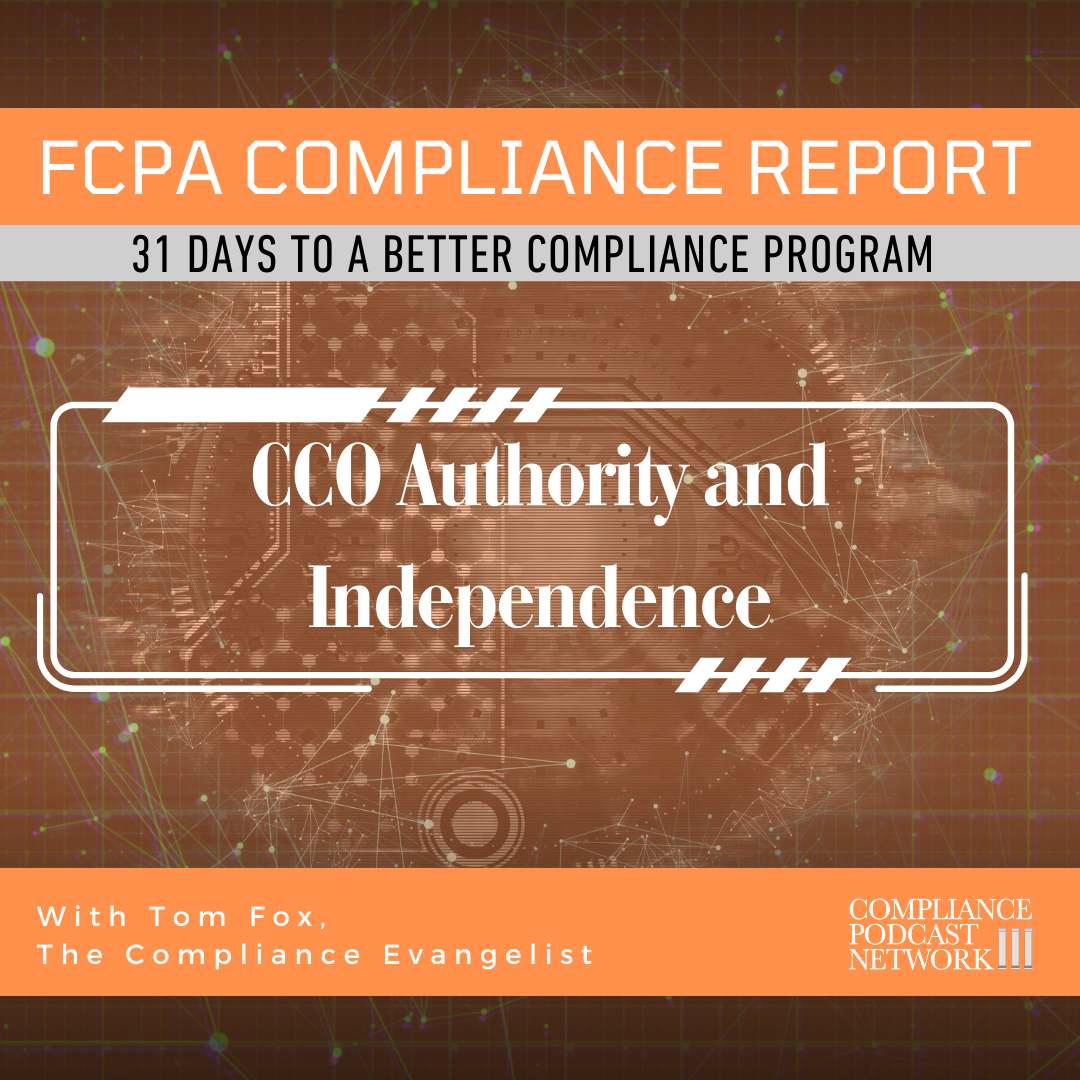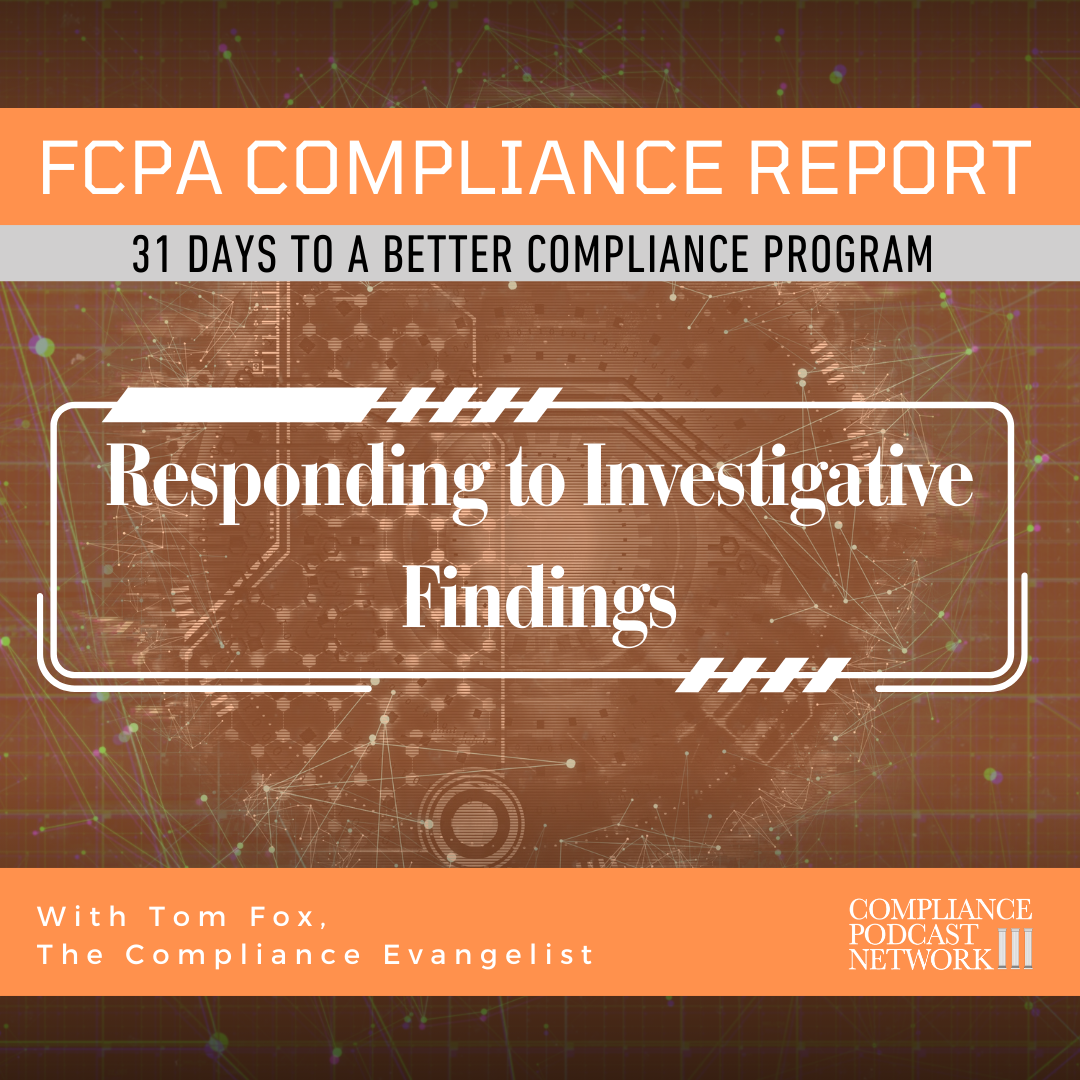Welcome to a special podcast series on the Compliance Podcast Network, 31 Days to a More Effective Compliance Program. Over these 31 days of the series in January 2025, Tom Fox will post a key part of a best practices compliance program daily. By the end of January, you will have enough information to create, design, or enhance a compliance program. Each podcast will be short, at 6–8 minutes, and will include three key takeaways you can implement at little or no cost to help update your compliance program. I hope you will join us each day in January for this exploration of best practices in compliance.
In this final episode of our 31-day series, we dive into the importance of using root cause analysis for remediation in compliance programs. Emphasized by the ECCP and DOJ, an effective compliance program includes thorough root cause analysis to address misconduct and implement corrective actions. The process involves understanding who should perform the remediation, emphasizing independence and objectivity, integrating the information into solutions, and addressing deficiencies in internal controls. Key takeaways include using objective root cause analysis, effectively utilizing the information gathered, and implementing data-driven, repeatable solutions to prevent future issues. This episode provides valuable insights for compliance officers aiming to enhance their programs by focusing on root causes rather than just symptoms.
Key highlights:
- Integrating Root Cause Analysis into Solutions
- Regulatory Expectations and Internal Controls
- Performing Effective Root Cause Analysis
- Developing and Implementing Solutions
Resources:
Click here to receive a 20% discount on The Compliance Handbook, 5th edition, for listeners to this podcast.












